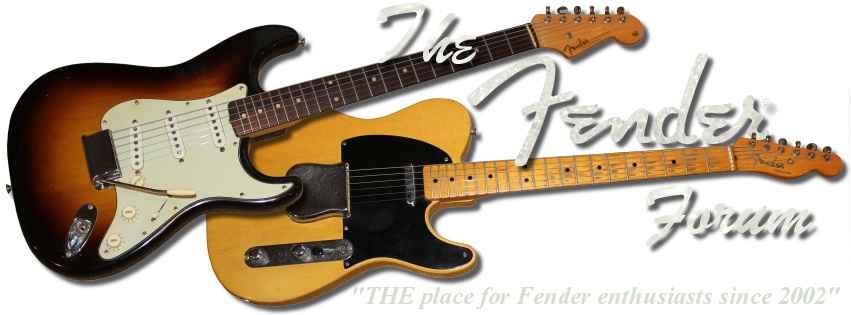Thought some of you tube geeks might find this one interesting. It's from the Sylvania Technical Manual (c) 1955, and applies to 6L6, 6L6G and 6L6GA tubes. It's the only place I've seen this data.
Want to design the output distortion of your amp?
Funny, how folks talk about the even order harmonic distortion of an output section, when between the load (4K in most cases) and the push-pull, second harmonic distortion is minimized, and third and fourth harmonics are much more prevalent.
And, no reducing the load on an output section of a tube amp does NOT increase your power output.





 Reply With Quote
Reply With Quote


